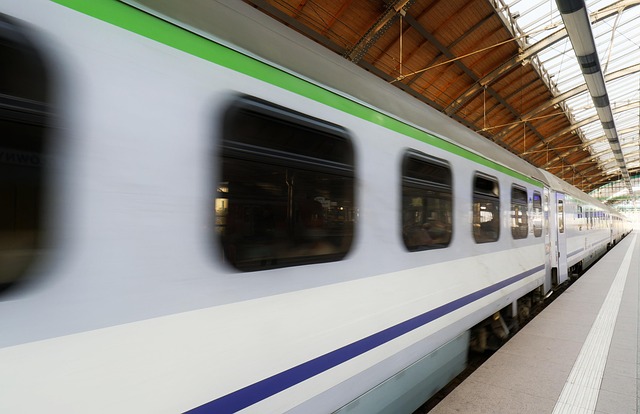The rapid pace of urbanization and the global push towards sustainability have brought the concept of integrated transport to the forefront of mobility discussions. As cities expand and the number of vehicles on the road increases, the necessity for a cohesive, efficient, and environmentally friendly transportation system has never been more critical. Integrated transport not only stands to revolutionize our mobility solutions but also plays a pivotal role in achieving sustainable development.
At the heart of this transformative journey is the urgent need to decrease our ecological footprint. Traditional modes of transport, primarily reliant on fossil fuels, contribute substantially to greenhouse gas emissions, air pollution, and the overall degradation of the planet. In contrast, integrated transport promotes seamless connectivity between various modes of transportation—encompassing public transit, cycling, walking, and electric vehicle usage—which can significantly reduce carbon outputs and enhance accessibility for all.
Sustainable development is inextricably linked to our approach to mobility. By creating systems that prioritize public transportation and enable easy transfers between different transport modes, we can foster urban environments that support a higher quality of life while minimizing environmental impacts. For instance, cities like Amsterdam and Copenhagen have successfully integrated cycling into their urban transport networks, demonstrating how green technologies not only decrease car dependency but also promote healthier lifestyles through increased physical activity.
In discussing green technologies, the emphasis on electrification and renewable energy sources cannot be overlooked. Electric buses, trains powered by renewable energies, and the development of smart traffic systems are crucial advancements that bolster the integrated transport framework. These innovations not only promise to reduce emissions but also pave the way for a future where transportation is developed with the environment in mind. The transition to electric infrastructure serves as a beacon of hope, steering us toward carbon neutrality and sustainable urban living.
Moreover, the concept of carbon neutral transport is becoming more plausible than ever. Policymakers, city planners, and transport authorities worldwide recognize the urgency in crafting integrated transport systems that account for both the movement of people and the health of the planet. By encouraging eco-friendly vehicles, investing in public transit, and implementing smart city technologies, we can build an interconnected transport future that meets both current and future mobility needs while ensuring the well-being of our planet.
As we look to the future, it’s clear that integrated transport stands at the convergence of necessity and innovation. It requires collaborative efforts from governments, industries, and citizens alike to establish a system that prioritizes sustainable development and mitigates our impact on the Earth. The journey towards more integrated, efficient, and sustainable transport solutions has the potential to radically transform our cities and lives, creating a harmonious balance between movement and environmental stewardship.




